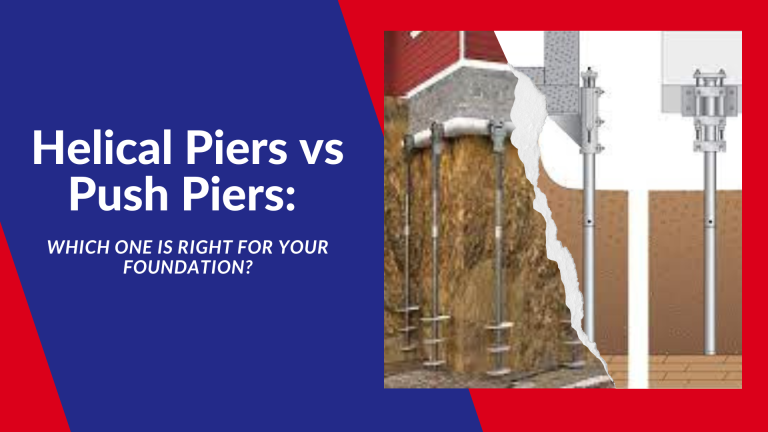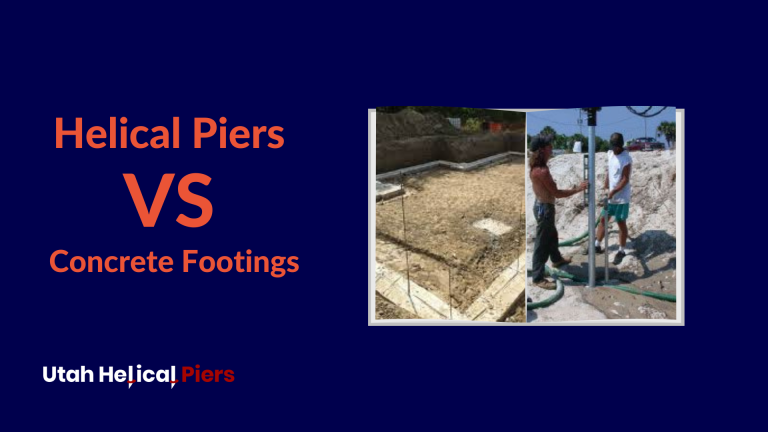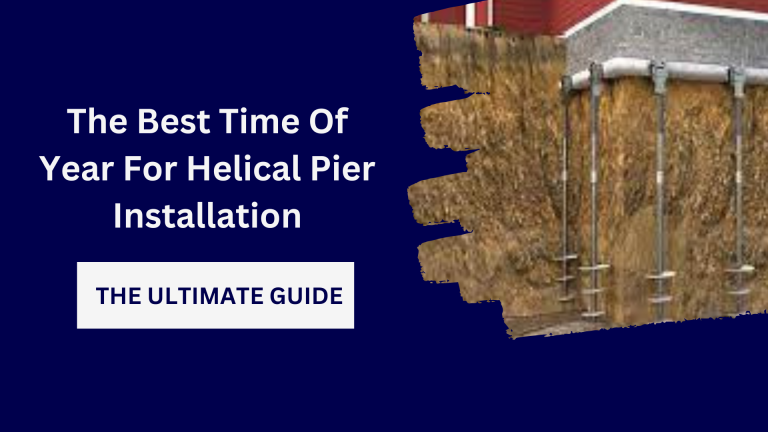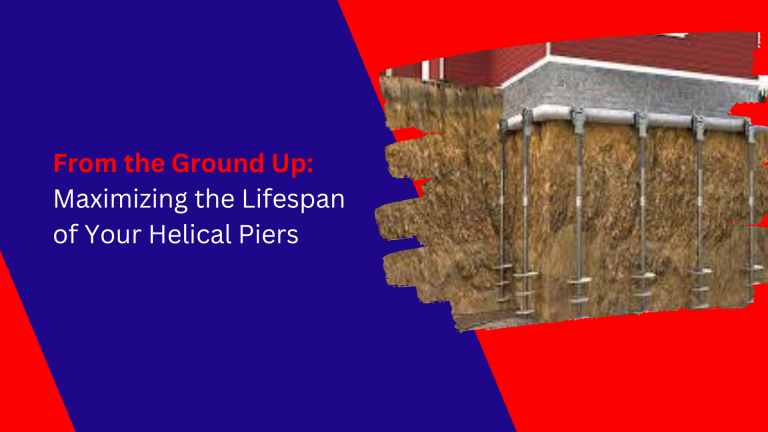The Infographic
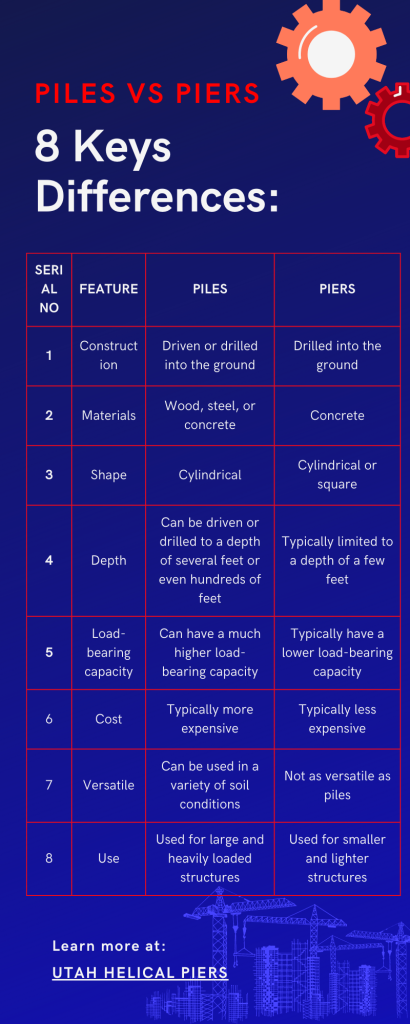
Are you confused about the difference between piles and piers? Do you find it challenging to determine which one is the right choice for your construction project? Look no further!
In this article, we will unravel the mysteries surrounding piles and piers, helping you gain a clear understanding of their key differences and applications.
Piles and piers are critical components in various construction projects, from buildings and bridges to retaining walls and foundations.
Understanding their unique characteristics and purposes is essential to ensure the stability, durability, and safety of any structure.
So whether you are a professional in the construction industry or a curious homeowner, join us as we delve into the world of piles and piers, empowering you with the knowledge to make informed decisions for your next project.
Get ready to eliminate the confusion and become a master in distinguishing between piles and piers!
What are piles?
Piles are long, slender structural elements that are driven into the ground to provide support and stability to structures. They are typically made of materials such as concrete, steel, or timber. Piles are used in various construction scenarios, including high-rise buildings, bridges, and waterfront structures.
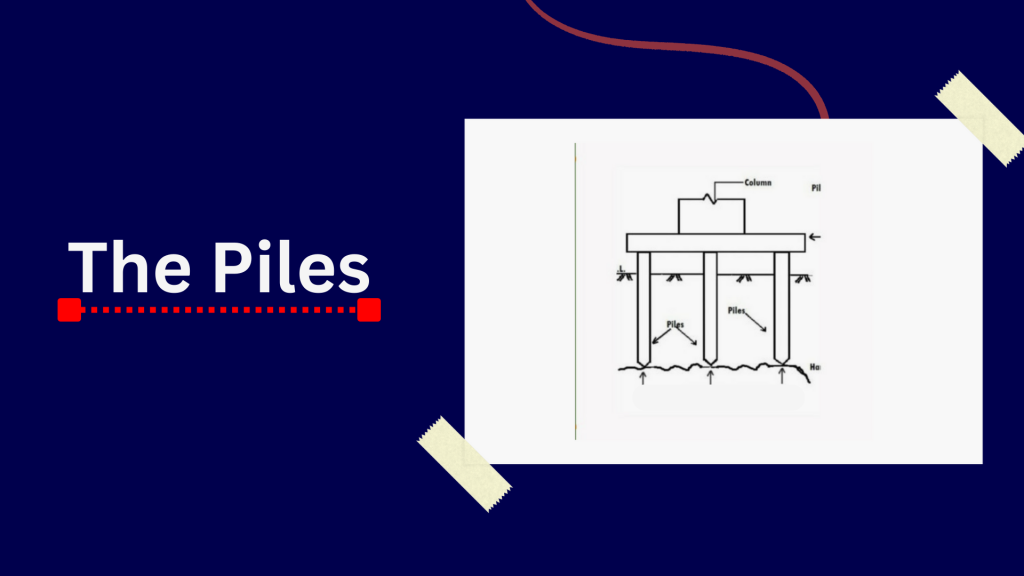
Types of piles and their applications
There are several types of piles, each designed for specific soil conditions and load requirements. Here are some common types of piles and their applications:
1. Driven Piles:
These piles are installed by driving them into the ground using a pile driver. They are commonly used in areas with dense soil or rock, and they provide excellent load-bearing capacity. Driven piles are often used in bridge construction, industrial buildings, and marine structures.
2. Bored Piles:
Bored piles, also known as drilled shafts, are created by drilling a hole into the ground and then filling it with reinforced concrete. These piles are suitable for unstable soil conditions and can be used in various construction projects, including tall buildings and foundation systems.
3. Screw Piles:
Screw piles are installed by rotating them into the ground, similar to screws. They are ideal for projects with soft or sandy soil and can be used in foundation systems, boardwalks, and temporary structures.
Advantages and disadvantages of using piles
Using piles in construction projects offers several advantages, such as:
Load-bearing capacity:
Piles provide strong support and can bear heavy loads, making them suitable for structures with significant weight or in areas with poor soil conditions.
Versatility:
Piles can be installed in various soil types, including soft soils, clay, and rock, making them a versatile choice for different construction scenarios.
Durability:
Piles are designed to withstand harsh environmental conditions, ensuring the long-term stability and longevity of the structure they support.
However, there are also some disadvantages to consider:
Cost:
Installing piles can be expensive, especially when dealing with challenging soil conditions or when specialized equipment is required.
Time-consuming:
The installation process for piles can be time-consuming, requiring careful planning and coordination.
Limited accessibility:
In some cases, piles may not be suitable for construction sites with limited access or tight spaces.
What are piers?
Piers, on the other hand, are vertical structural elements that support the weight of a structure by transferring it to the ground. Piers are commonly used in bridge construction, marine structures, and foundation systems.
Types of piers and their applications
There are different types of piers, each designed for specific construction requirements. Let’s explore some common types of piers and their applications:
1. Solid Piers:
Solid piers are made of solid materials such as concrete or masonry. They are widely used in bridge construction, providing support and stability to the bridge structure.
2. Caisson Piers:
Caisson piers are large, cylindrical structures that are installed by excavating a hole and then filling it with concrete. They are commonly used in marine construction, such as piers and docks, as well as in bridge construction.
3. Pile Piers:
Pile piers combine the characteristics of both piles and piers. They are created by driving piles into the ground and then connecting them with a cap or beam. Pile piers offer excellent load-bearing capacity and are commonly used in bridge construction.
Advantages and disadvantages of using piers
Piers offer several advantages when used in construction projects, including:
Flexibility:
Piers can be designed and constructed to accommodate various structural requirements, making them a flexible choice for different construction scenarios.
Accessibility:
Piers can be easily accessed for inspection and maintenance purposes, allowing for easier repairs or modifications if necessary.
Cost-effectiveness:
Piers can be a cost-effective solution, especially in projects where piles are not required or when the load-bearing capacity of piers is sufficient.
However, there are also some disadvantages to consider:
Limited load-bearing capacity:
Compared to piles, piers may have limited load-bearing capacity, making them less suitable for structures with heavy loads or challenging soil conditions.
Dependence on soil conditions:
The effectiveness of piers relies heavily on the soil conditions at the construction site. Unsuitable soil conditions may compromise the stability and durability of the structure.
Potential for settlement:
Piers may experience settlement over time, which can affect the overall stability of the structure. Regular inspections and maintenance are necessary to mitigate potential issues.
Key differences between piles and piers
While both piles and piers provide support and stability to structures, there are key differences between the two. Here are the main differentiating factors:
Here are the key differences between piles and piers:
Construction: Piles are typically driven into the ground, while piers are drilled into the ground.
Materials: Piles can be made of wood, steel, or concrete, while piers are typically made of concrete.
Shape: Piles are typically cylindrical, while piers can be cylindrical or square.
Depth: Piles can be driven or drilled to a depth of several feet or even hundreds of feet, while piers are typically limited to a depth of a few feet.
Load-bearing capacity: Piles can have a much higher load-bearing capacity than piers.
Cost: Piles are typically more expensive than piers.
In general, piles are used for larger and more heavily loaded structures, while piers are used for smaller and lighter structures.
Here is a table that summarizes the key differences between piles and piers:
| Serial No | Feature | Piles | Piers |
|---|---|---|---|
| Construction | Driven or drilled into the ground | Drilled into the ground | |
| Materials | Wood, steel, or concrete | Concrete | |
| Shape | Cylindrical | Cylindrical or square | |
| Depth | Can be driven or drilled to a depth of several feet or even hundreds of feet | Typically limited to a depth of a few feet | |
| Load-bearing capacity | Can have a much higher load-bearing capacity | Typically have a lower load-bearing capacity | |
| Cost | Typically more expensive | Typically less expensive | |
| Versatile | Can be used in a variety of soil conditions | Not as versatile as piles | |
| Use | Used for large and heavily loaded structures | Used for smaller and lighter structures |
Here are some examples of where piles and piers are typically used:
Piles:
Piles are typically used for large and heavily loaded structures, such as bridges, high-rise buildings, and offshore oil rigs.
Piers:
Piers are typically used for smaller and lighter structures, such as single-family homes, small businesses, and light industrial buildings.
Ultimately, the best type of foundation for a particular structure will depend on a number of factors, including the size and weight of the structure, the type of soil at the site, and the desired cost. A qualified engineer can help you determine the best type of foundation for your project.
Factors to consider when choosing between piles and piers
When deciding whether to use piles or piers for a construction project, several factors need to be considered:
1. Soil conditions:
Assessing the soil conditions at the construction site is crucial in determining the appropriate foundation system. Piles are generally more versatile, making them suitable for a wider range of soil conditions.
2. Load requirements:
Consider the weight and load-bearing requirements of the structure. If heavy loads are expected, piles may be the better choice due to their higher load-bearing capacity.
3. Budget and timeline:
Evaluate the available budget and timeline for the construction project. Piles may require more resources and time for installation compared to piers.
4. Structural considerations:
Consider the specific structural requirements of the project, including the type of structure, anticipated settlement, and accessibility for maintenance and repairs.
Conclusion: Which is better – piles or piers?
In conclusion, the choice between piles and piers depends on various factors, including soil conditions, load requirements, budget, and structural considerations. Piles offer higher load-bearing capacity and versatility, making them suitable for structures with heavy loads or challenging soil conditions. Piers, on the other hand, can be a cost-effective solution when the load-bearing capacity of piers is sufficient, and the soil conditions are favorable.
By understanding the key differences and applications of piles and piers, you are now equipped with the knowledge to make informed decisions for your next construction project. Remember to evaluate the specific requirements and consult with professionals to ensure the stability, durability, and safety of your structure. Happy building!

